Research Areas
International and Industry-academia Joint Research Center
Global Collaborative Research Center for Computational Welding Science(CCWS)
Joining and Welding Research Institute has proposed the concept of computational welding science as early as 1970’s. It is one of the world pioneers in this field and has organized an international symposium on “Theoretical Prediction in Joining and Welding” in 1996. In further development of computational welding science, JWRI conducted a project on “Development of Highly Efficient and Reliable Welding Technology” which has been supported by the New Energy and Industrial Technology Development Organization (NEDO). One of the main objectives of this project is to establish a framework of the computational welding science which covers the entire aspects of welding, i.e. Welding Process, Welding Metallurgy and Welding Mechanics. This framework has been further developed with the rapid progress in the computer technology to meat various demands from the industry.
Japanese industry is experiencing a drastic change since the last decade or so. Japanese manufacturing system, traditionally heavily dependent on skilled workers, is changing toward science and technology based production. This is due to the shortage of highly skilled workers. To realize this goal in the area of welding, the CCWS was established in 2007. Its mission is to conduct fundamental researches on computational welding science and to provide education to researches and engineers. In addition, as a leader of the computational welding science, the CCWS will develop and promote our welding simulation software JWRIAN.
1. Development of computational method for large scale fast welding simulation
2. Numerical study of welding distortion, residual stress and cracking
3. Prediction of long term behavior of welded joints under various thermal and mechanical loads
4. Development of welding simulation software JWRIAN
5. Development of welding distortion & residual stress database
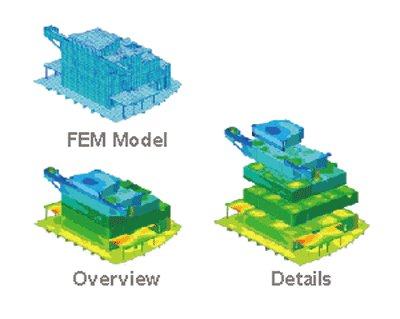
Welding distortion in assembling superstructure of ship.
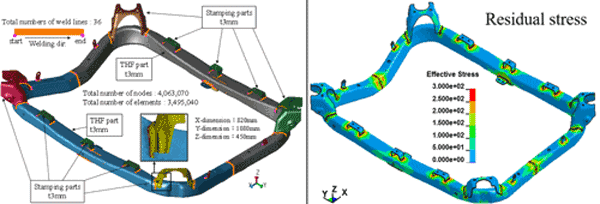
Large scale model of metal formed automotive parts and welding residual stress
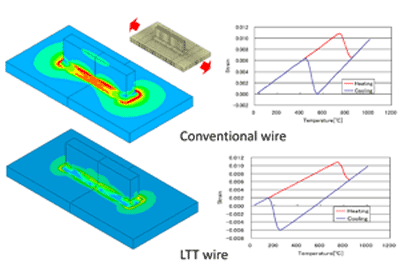
Improvement of residual stress using low transformation temperature weld metal
Members
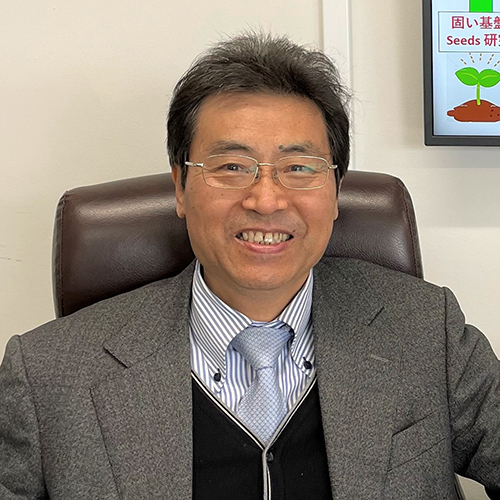
Prof.
N. MA
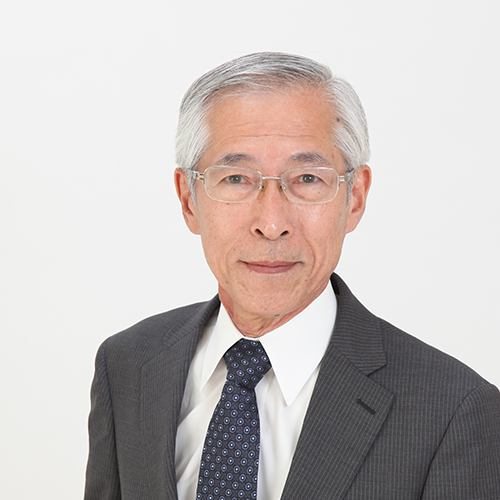
G. Prof.
H. MURAKAWA
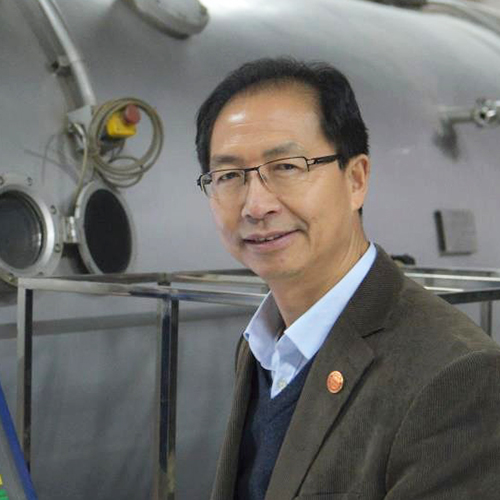
G. Prof.
C. LI
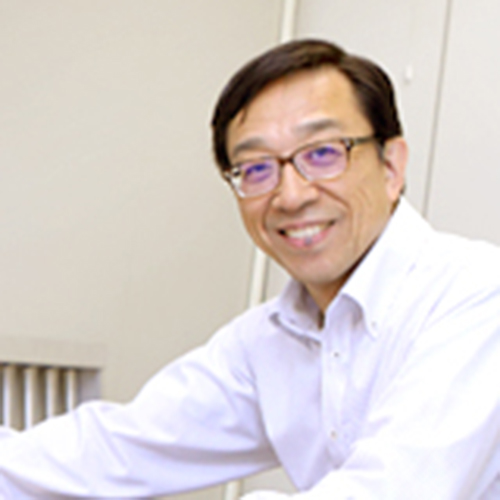
G. Prof.
M. FUJIKUBO
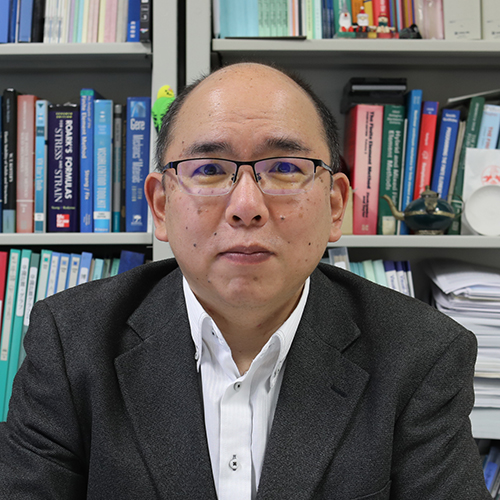
G. Prof.
M. SHIBAHARA
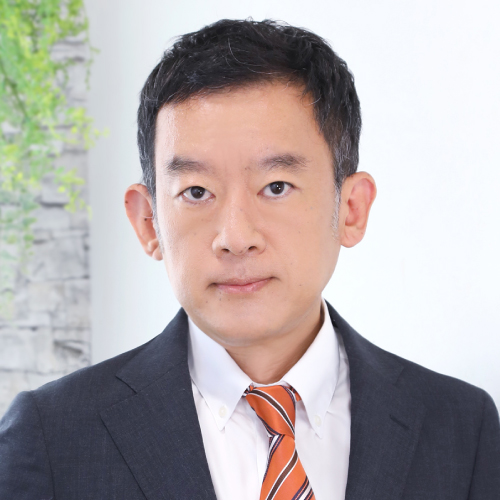
G. Assoc. Prof.
K. MIYAMOTO
International and Industry-academia Joint Research Center
Joining Technology Hub
In order to further reduce the weight, extend the life, and improve the strength and toughness of structural materials, it is essential to establish the reliability of each material including lightweight materials and actively promote the multi-materialization of members that consist of the right materials in the right place. In the NEDO-ISMA project, Osaka University has conducted "Fundamental Research for Friction Joining (46)", " Fundamental Research on Multi-Material Joining Technologies (64)", and “Development of Joint Performance Data-Base for Joining Technologies of Multi-Materials (64-B)". A new framework is needed to effectively utilize the new joining methods and the data created and accumulated through these technological developments. Using the new joining methods and analysis technologies developed in Japan as seeds, the “Joining Technology Hub” has been formed for continuing to utilize the current technologies and knowledge promoting research activities with the aim of practical applications in collaboration with industries and academic institutions.
1. Summarizing the joining process technologies (development of new joining methods and elucidation of joining mechanism), evaluation analysis technology (joint characteristic evaluation, phenomenon analysis by in-situ observation), accumulating data from the joint research, and maintenance for practical applications
2. Introduction of seed technology and equipment
3. Planning of joint research for practical applications with companies by the joint research / startup follow-up window
4. Implementation of joint research with companies and academic institutions
5. Establishment of collaborative research institutes and joint research laboratories, and formation of a consortium
Members
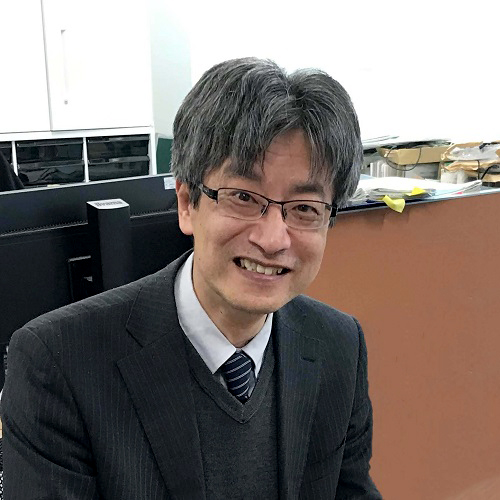
Prof.
H. FUJII
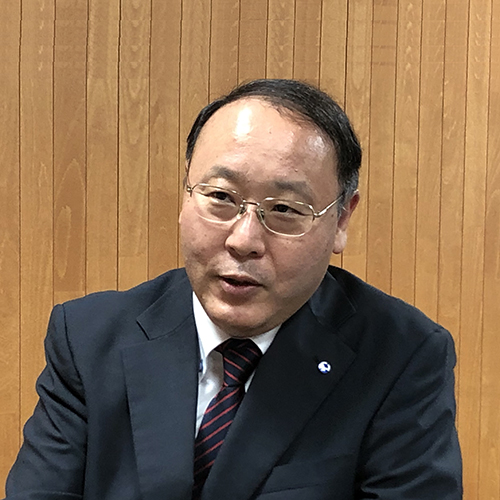
Prof.
M. TANAKA
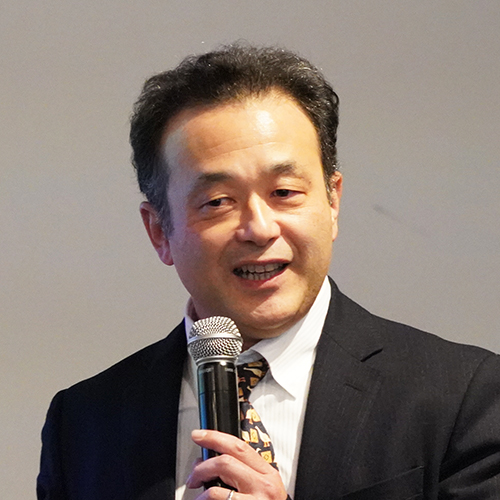
Prof.
K. ITO
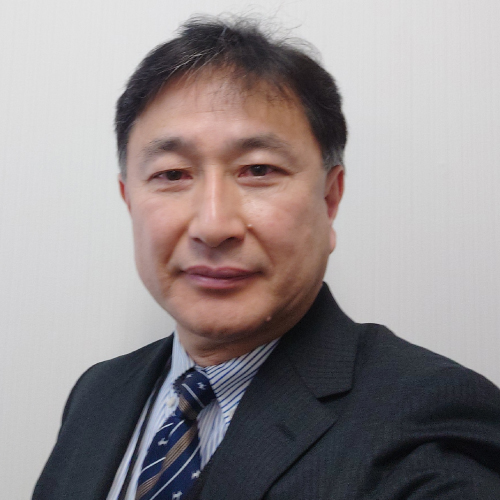
Prof.
H. SERIZAWA
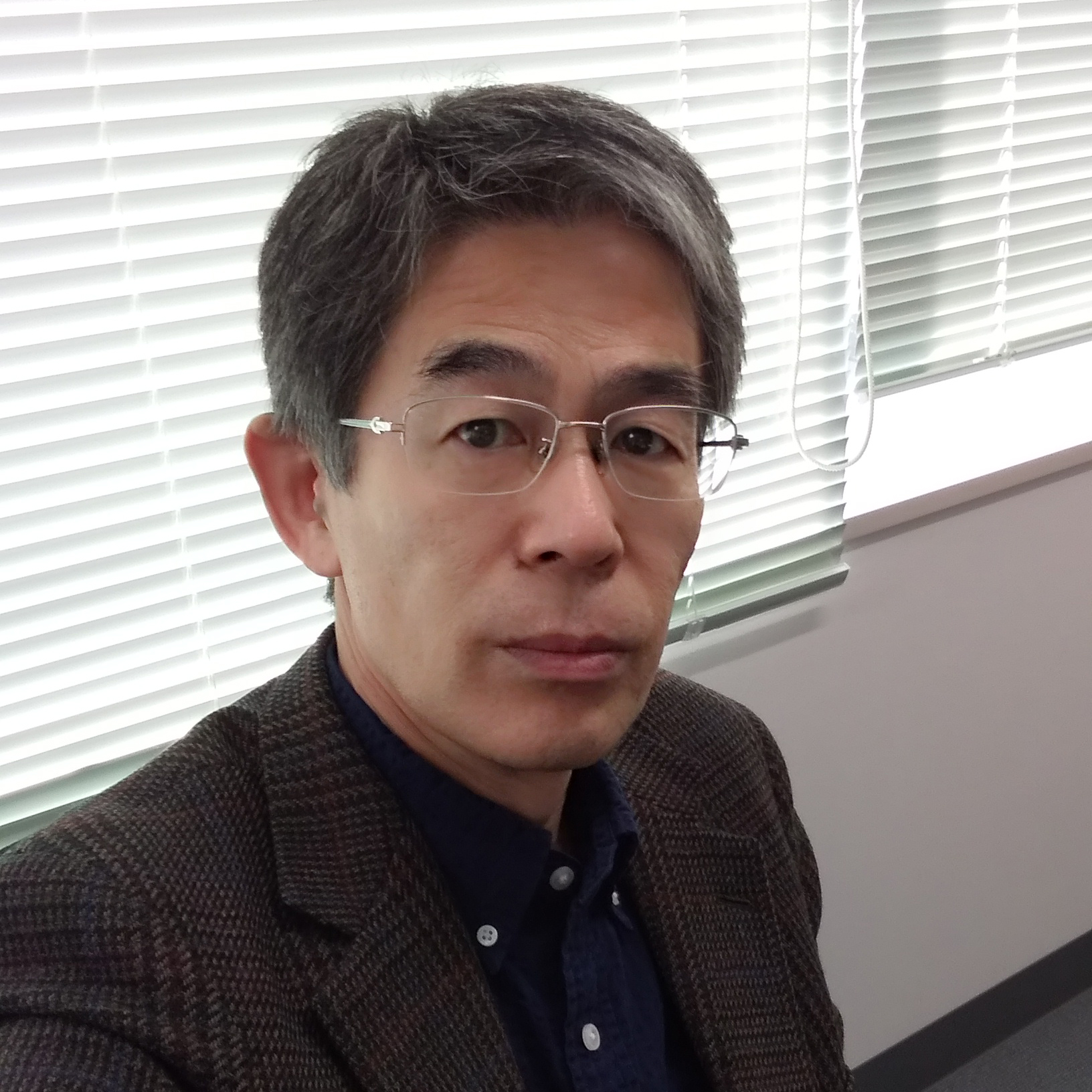
Prof.
R. IKEDA

Prof.
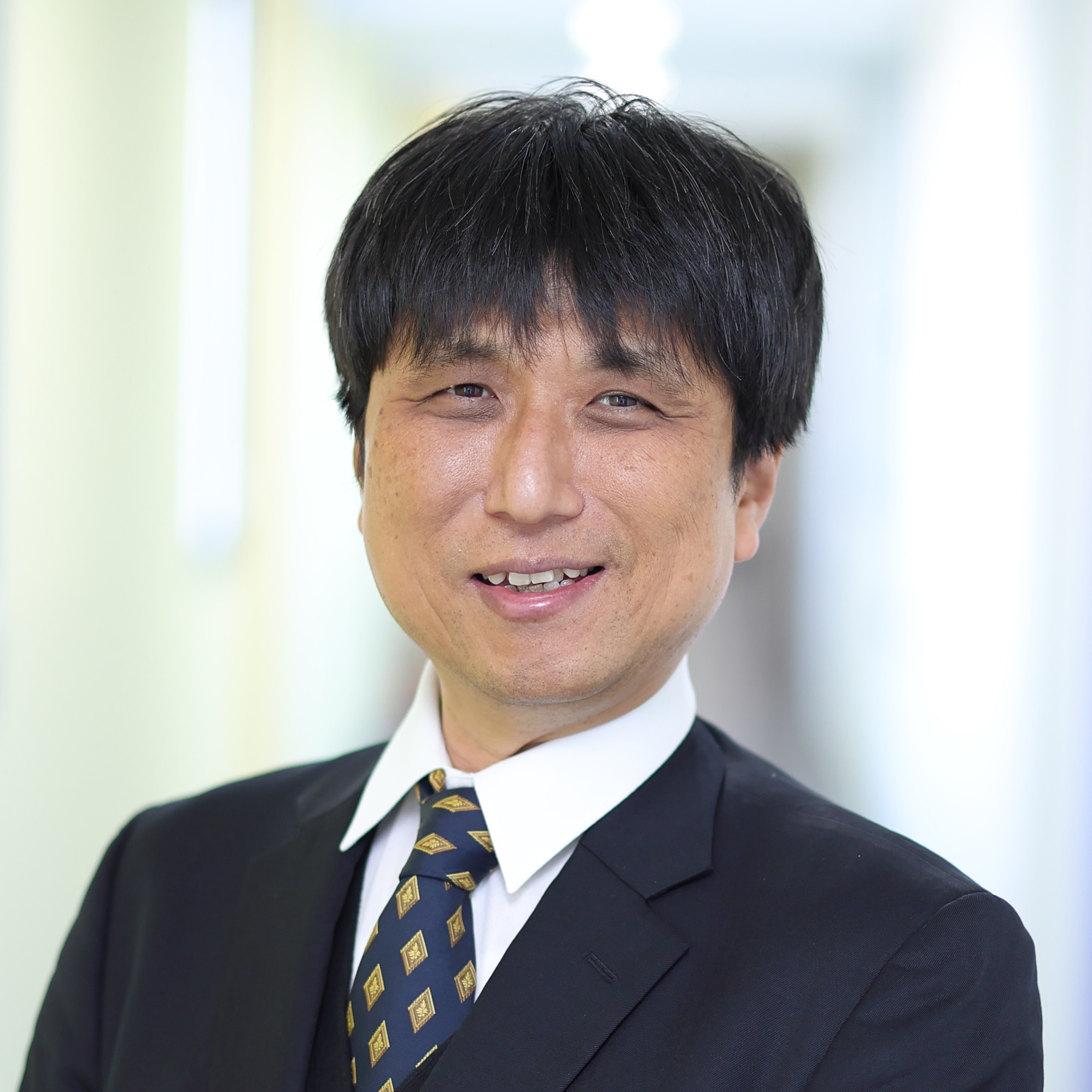
Prof.
M. TSUKAMOTO
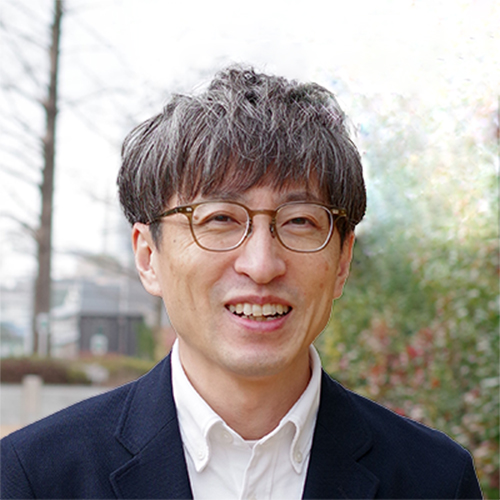
Prof.
Y. MIKAMI
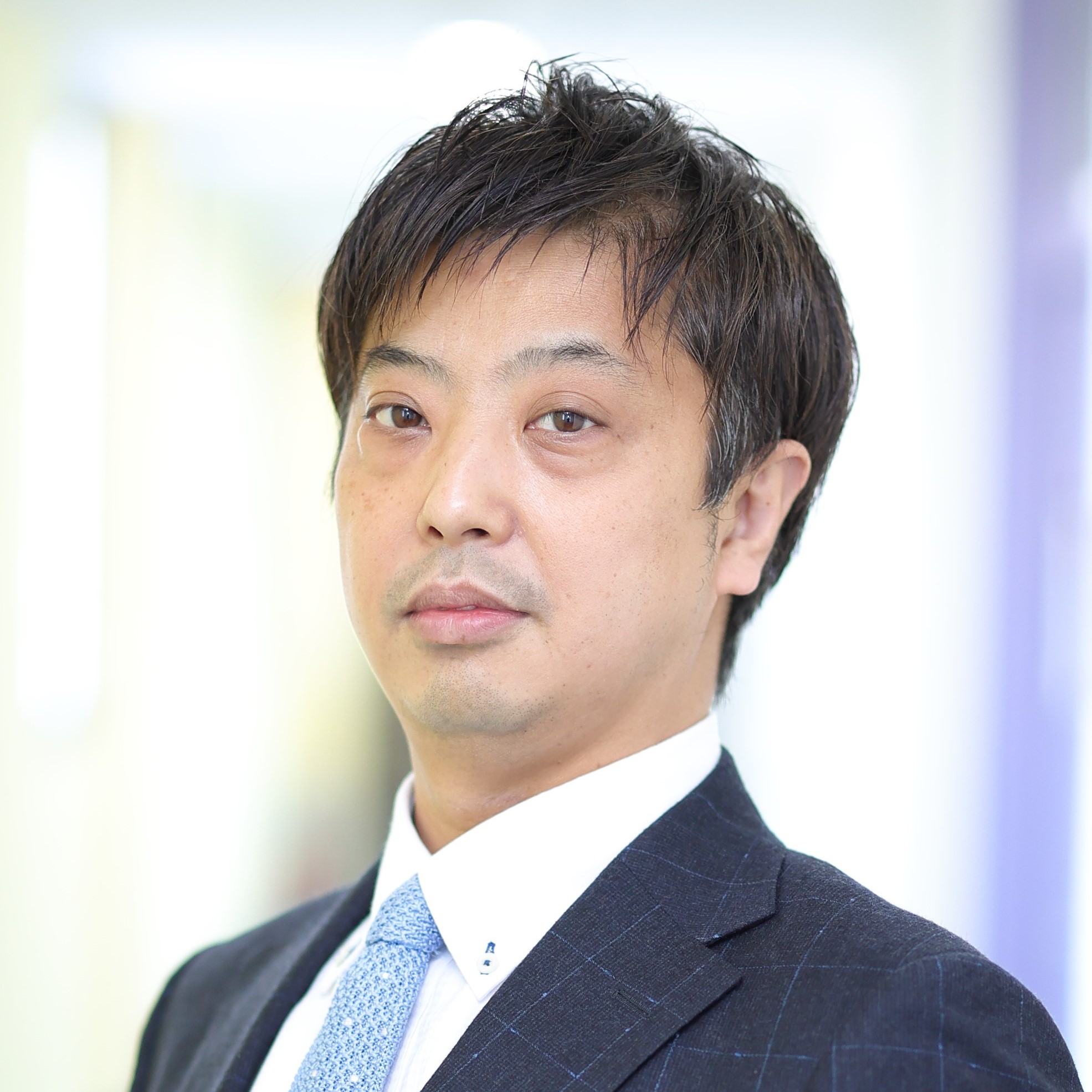
Assoc. Prof.
Y. SATO
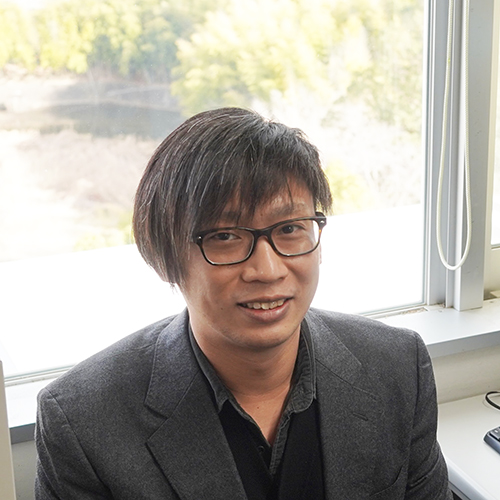
Assist. Prof.
T. YAMASHITA
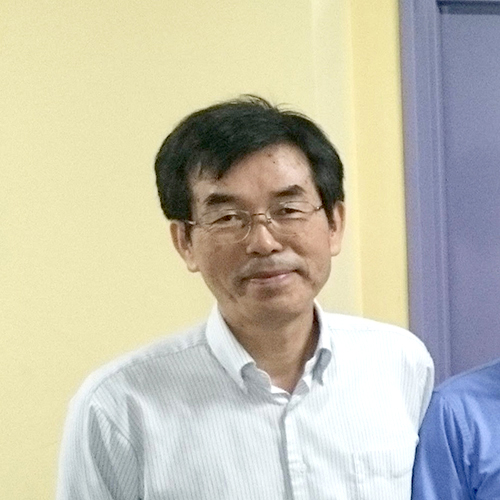
S. A. Prof.
K. USHIODA
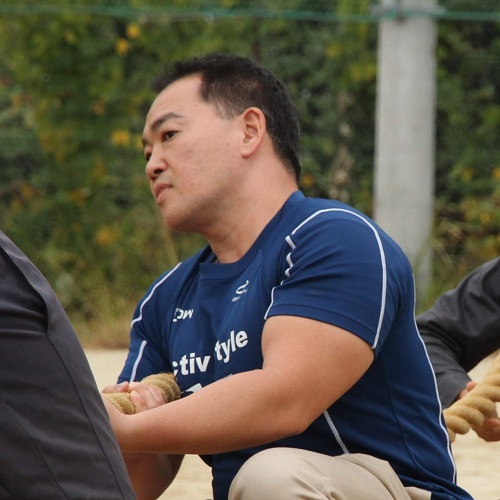
S. A. Assoc. Prof.
Y. MORISADA
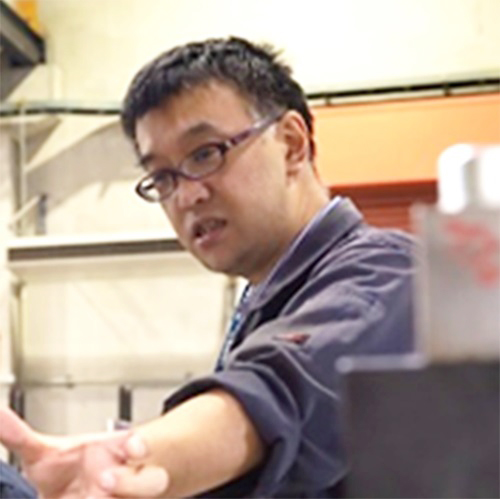
S. A. Assoc. Prof
Y. AOKI
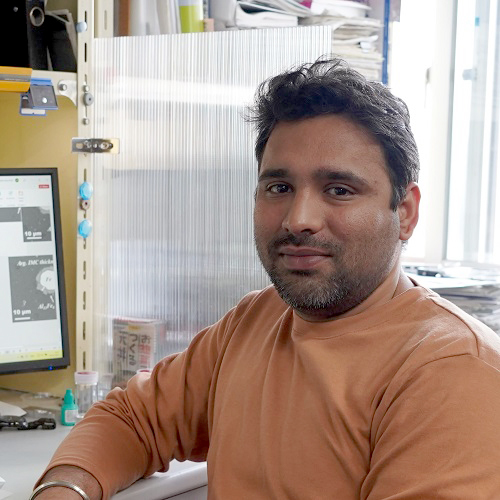
S. A. Assist. Prof.
A. SHARMA
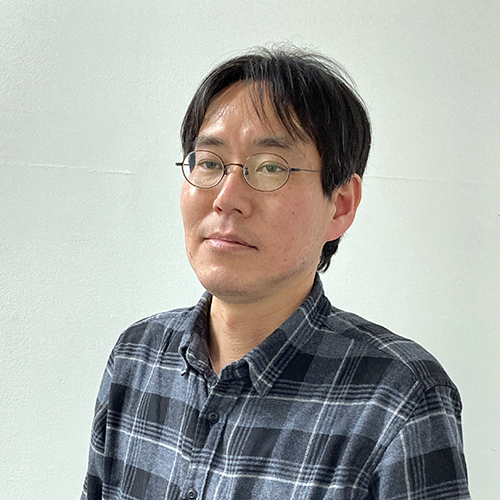
Technical Assistant
T. OGURA
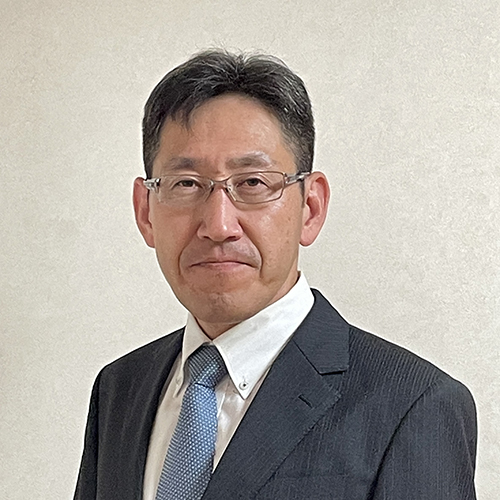
Prof.*
M. OHATA
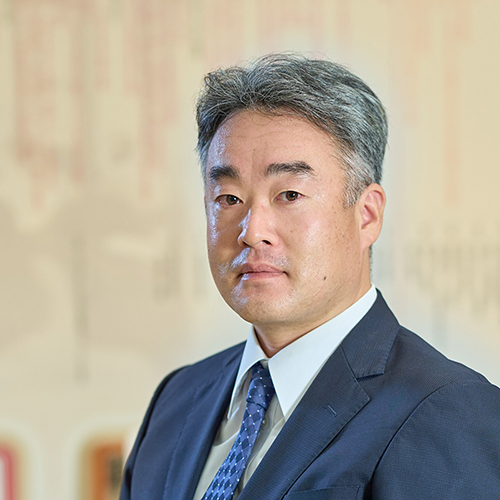
Prof.*
T. SANO
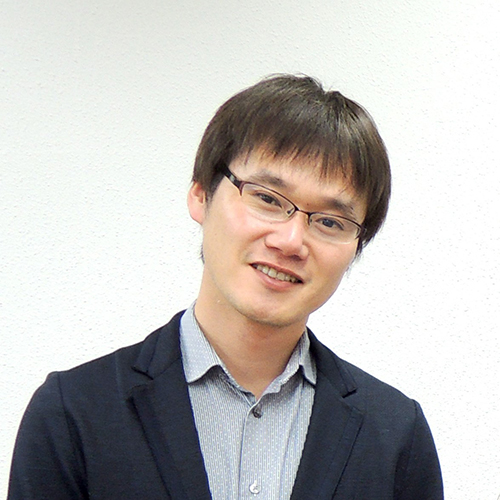
Assoc. Prof.*
T. OGURA
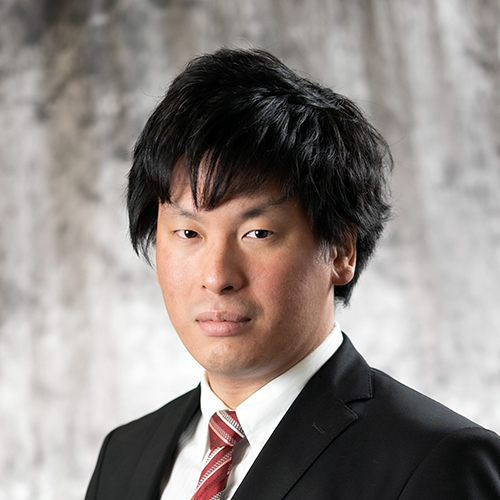
Assoc. Prof.*
Y. OGINO
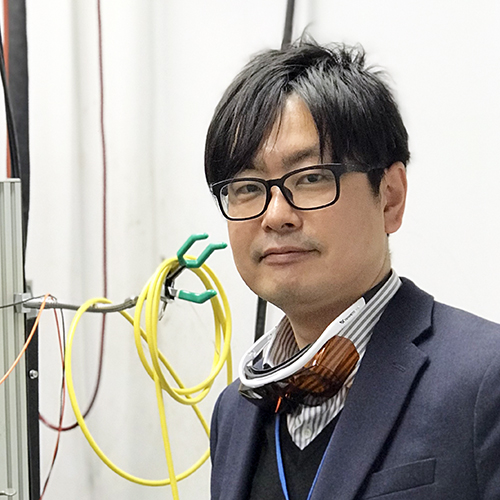
Assoc. Prof.*
K. NOMURA
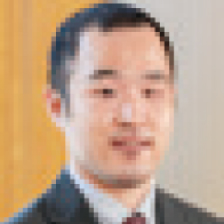
Assoc. Prof.*
H. SHOJI
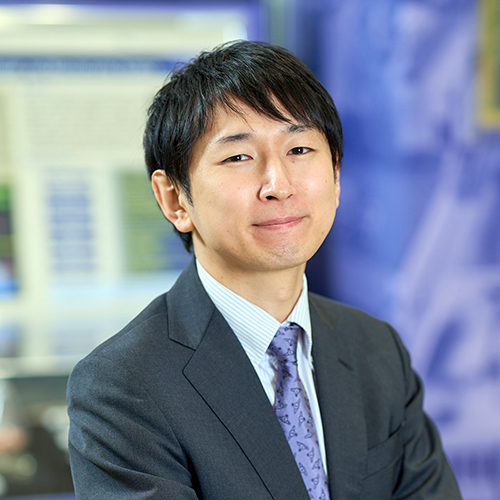
Assist. Prof.*
T. MATSUDA
*Graduate School of Engineering,
International and Industry-academia Joint Research Center
Co-Creation Consortium for Joining and Welding with Blue Diode Laser
Osaka University with three companies, Shimadzu Corporation, Furukawa Electric Co., Ltd., and Nichia Corporation established “Research Institute for Joining and Welding with Blue Diode Laser” to provide information and promote technological exchanges on blue diode lasers and processing technology in December 2020. From April 2022, the name was changed to "CO-CREATION CONSORTIUM FOR JOINING AND WELDING WITH BLUE DIODE LASER".
In recent years, a blue diode laser has been developed that enables efficient processing by greatly increasing the absorption rate for highly reflective materials such as copper, which was the biggest drawback of near-infrared lasers used for industrial purposes. Blue diode lasers have dramatically improved oscillation efficiency and output, and are now at the stage where they can be used for industrial purposes, but various problems such as cost and enforcement method remain. Aiming to solve various problems in applications, by holding seminars and safety seminars on a regular basis and providing technical consultations, we want to promote the spread of blue diode lasers, which have great potential as industrial lasers, and achieve wide range of applications and social implementations.
Research System
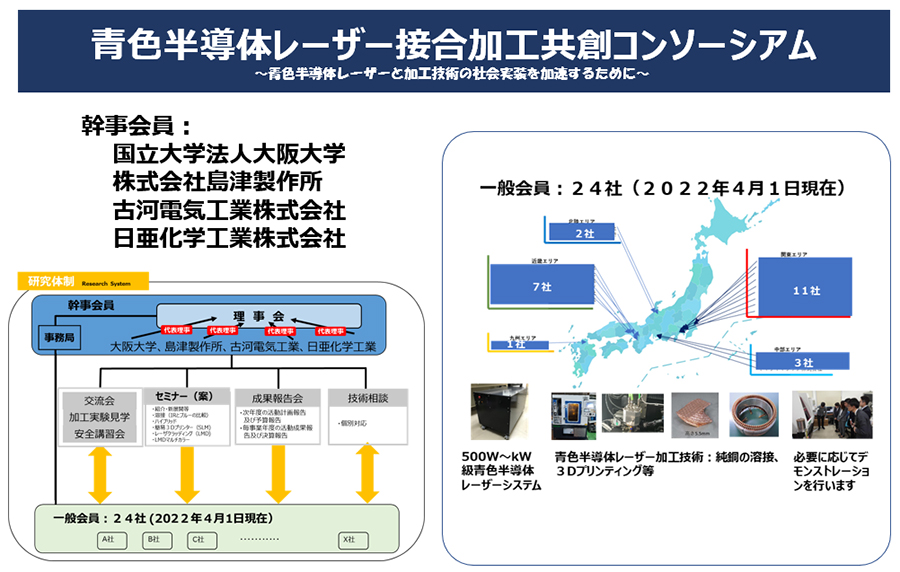
Members

Prof.
M. TSUKAMOTO

Assoc. Prof.
Y. SATO
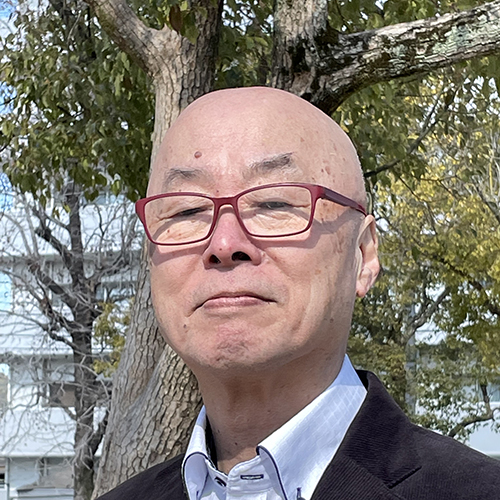
G. Prof.
N. ABE
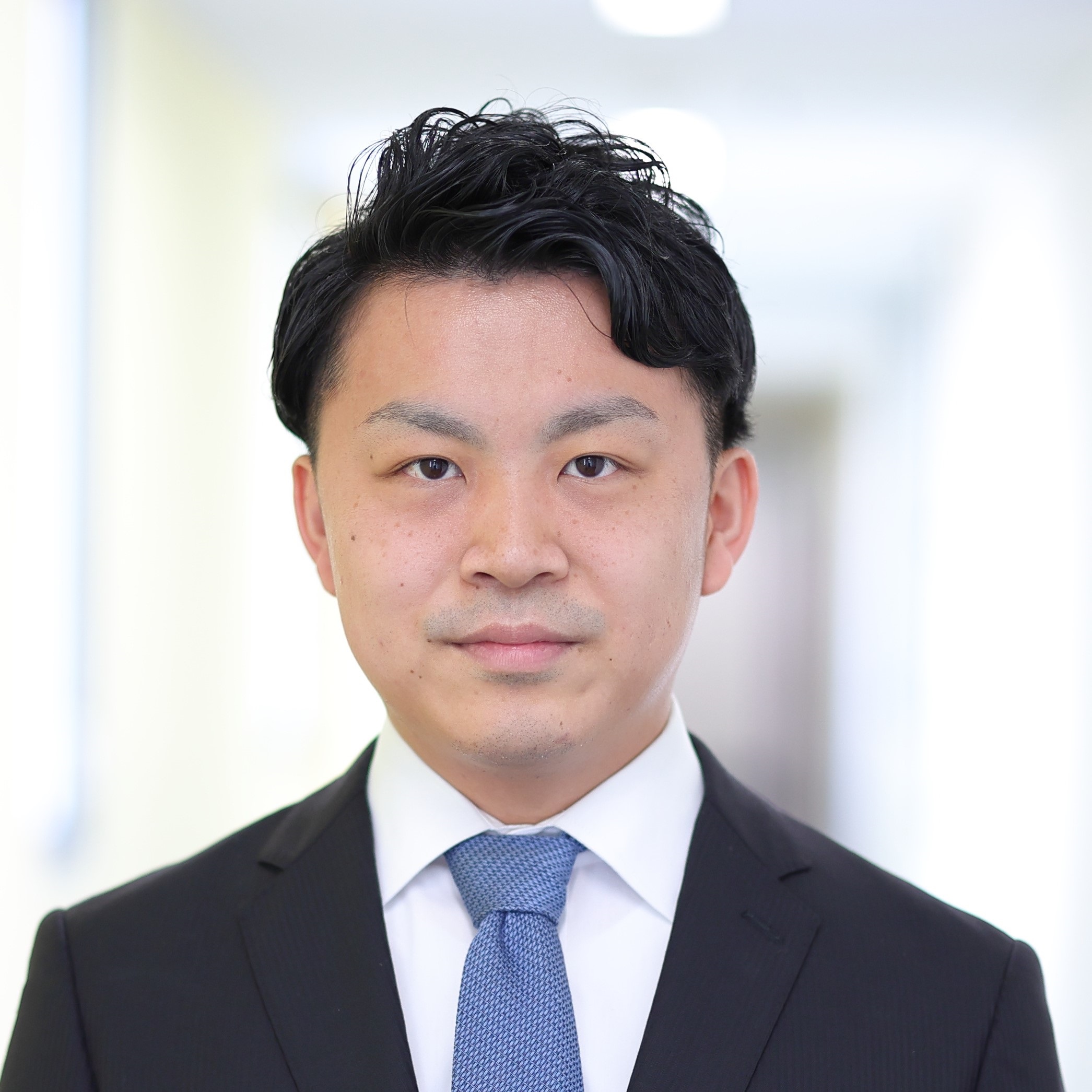
Assist. Prof.
K. TAKENAKA
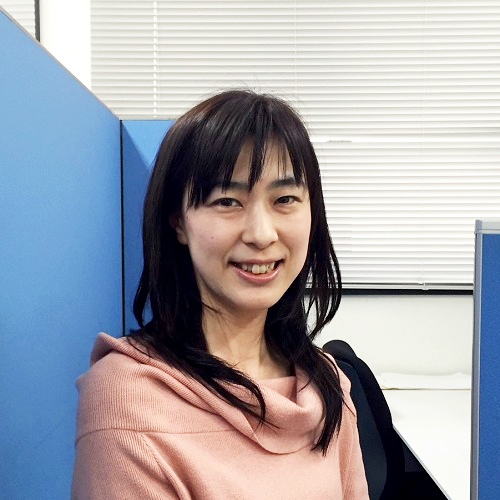
S. A. Researcher
R. HIGASHINO
Research Overview
Research Division of Materials Joining Process
Research Division of Materials Joining Mechanism
Research Division of Materials Joining Assessment
Research Center for Additive Joining Application (RAJA)
Strategy Office for Promotion of Inter-Institute Collaborations
Joint Interface Microstructure Characterization Room
Global D&I Promotion Office
New Normal Manufacturing Consortium Office
Research Alliance Laboratories
Joint Research Chair
International and Industry-academia Joint Research Center